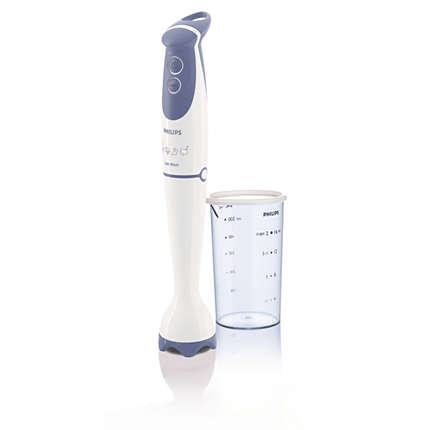I remember the first time BabyS had porridge.. Cos it was the only time i ever remember her rejecting food! hee...
My mum had cooked porridge with PLAIN WATER, separately steamed codfish and added it into the porridge. BabyS took 2 small mouthfuls and refused to open her mouth after that. My mum gave up trying for quite a while and even when we made cereal, my girl was still a bit cautious and didnt wanna open her mouth in case we fed her the 'yucky plain white stuff"..
I tasted it, really quite plain, except for the natural sweetness of the fish.
So I googled and read books again and found some sites that advised to cook porridge with stock. So thats what my mum did. She made chicken stock and cooked porridge with it and tadah! BabyS ate it all up!
Again a slow cooker is very useful when it comes to making stock. It saves u from having to keep watch at the stove and this time can be spent bonding with your children instead!
Ingredients that you may use in stock: (you may throw in any of these foods but like with all new foods, make sure the pot is not full of things that you child has not been exposed to, so if there is any allergy , its easier to rule out which on is the trigger. My advice is to add in one new food item each time u make stock. )
~Chicken bones and meat (I learnt from a cooking show, that there should be some meat when making stock and not all just bones. Using meat in a stock will add sweetness)
~ pork bones and meat (but this stock will be heavier in terms of smell and taste)
~ Onions
~garlic (good antioxidant)
~ carrots
~Corn (adds sweetness! yummy!)
~ Potatoes (surprisingly, stock made with potatoes taste different.. in a good way!)
~ tomatoes (my mum throws them in whole)
Alternatively, you may also choose to put in celery, radish.. some pple put in vegetable roots or parts of the veg that u'll normally cut off and not use in a dish such as the tops of carrots..
Some mummies put in ginger into a stock becos it helps with wind issues and adds fragrance. But I dont advise this becos ginger is heaty. If you use the stock for all the meals in a row, u are going to end up with a very heaty baby. I would suggest adding the ginger into the porridge when you are cooking it instead.
For chicken and pork stock, blanch these in a pot of boiling water for a few secs (until the outside layer changes colour). This gets rid of the smell, the meat wouldnt be bloody and u will not get as much scum.
If you are boiling the stock over a stove, do it over low heat, and ensure it simmers and not bubbling. Heard from a tv show that the bubbling affects the taste.
You may also try adding in ikan bilis or soya bean. We tried ikan bilis b4 but the smell was really strong. And we havent tried soya beans yet.
After the stock is done and cooled, you'll have to filter the stock to get rid of oil and scum.

Oil filter paper from NTUC- $2.14 for 10 pieces
Oil filter paper from Daiso- $2 for 30 pieces (bigger than the above filter paper)
I bought these two filter paper. Used the NTUC ones first b4 I found them in Daiso. My mum (who makes the stock) says the daiso one is better.
In any case, these filters really filter off the scum and oil. U wouldnt wanna serve ur baby all that right? With this filter you no longer need to put the stock into the fridge, let the oil coagulate, scoop out the oil then freeze. I tried putting the filtered stock into the fridge. By the next day, there was no coagulated oil.
Put these paper into a metal sieve, pour the stock thru the paper and into another container or bowl below.
You can freeze the stock in a big container, ice cube, smaller containers or plastic bags and take these out only when you want to use them.
When we used to cook porridge, we will cook two portions at a time, to be eaten for lunch and dinner. So we'll portion out the stock to be frozen in portions enuf for two portions of porridge. This way u dont worry about wastage or if there will be enough stock for the porridge. We also stored them in ice cube trays so if we need smaller amounts, its also avaliable.
Frozen stock can be kept for up to about 2 weeks.





























